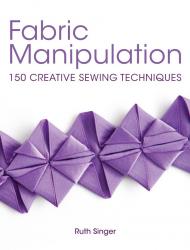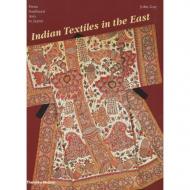Praise for Decorating with Carpets:
“No element in a room is as important as a carpet, and no firm has more beautiful, creative, and original carpets than Stark. Decorating with Carpets brilliantly showcases the full range of Stark floor coverings, offering inspiration and ideas to dream of — and to use. Stark carpets are in every one of my projects — and this sumptuously illustrated book shows why. Page after page of amazing carpets in superbly decorated rooms — years of inspiration. A must for every designer, architect, and aficionado of the best in interior design.” — Howard Slatkin
"Learn the luxe language of carpets — from Aubusson and Axminster to Savonnerie and dhurrie — in this lavish tribute to the largest, most expensive design element in many rooms." — House & Home
"Decorating with Carpets: A Fine Foundation is truly a gem! This visually delightful book demonstrates the importance of carpets in the world of interior design. . . . This fabulous volume shouldn't be missed. Highly recommended to every designer and design aficionados!" — Mix and Chic
"Decorating with Carpets is a great resource on carpets with discussions on types, patterns and textures, but the hundreds of pages of beautiful spaces by renowned designers also make it a real treasure trove of interior design." — From the Right Bank
"Photos capture a range of delectably-decorated interiors, all done by top-notch designers. . . . If you're like me and appreciate Stark for its notable history, then you will likely find this book a worthy addition to your library." — The Peak of Chic
* * *
In decoration, a carpet’s influence is never outsized. In fact, more than any other element of a room, and as the largest and most expensive component of any design scheme, the effect a carpet has on a space is every bit as great as its size. Decorators have long recognized the importance of a fine carpet, its impact on the colours and textures of a space, its contribution to creating an atmosphere, its feel of luxury, and, with the best examples, its lasting value.
Despite their essential role as the bedrock of any design scheme, beautiful carpets have lived in the shadows of recognition. Decorating with Carpets: A Fine Foundation aims to change that oversight, tapping the extensive and remarkable archive of Stark Carpet for interior design’s greatest examples.
Over the course of its 75 years, Stark Carpet, the premier purveyor of carpets to the trade in the country, has worked with the each era’s most notable designers, from Billy Baldwin and Dorothy Draper to Sister Parish and Albert Hadley to Mark Hampton and Mario Buatta to contemporary leading lights such as Diamond Baratta, Victoria Hagan, Katie Ridder, and Stephen Gambrel. These designers offer imaginative solutions to practical problems ranging from the selection of appropriate carpeting for high-traffic areas, such as stairs and corridors, to using faux wild cat and fawn motifs to unify colour and design, and countless other challenges.
Carpets produced by Stark demonstrate decorating trends at their highest level. Decorating with Carpets: A Fine Foundation delves into types of carpets (Oriental, Aubusson, Savonnerie, Dhurrie, French velour, Moroccan, French Petit and Gros Point, Portuguese and Greek needlework, Axminster, Wilton, flatweave, hand-carved) and explores patterns (geometrics, florals, plaids, animal prints) and textures, illustrating all through the work of the most talented American designers. Decorating with Carpets: A Fine Foundation promises be the definitive book on carpet, a handsome, richly illustrated volume that, like its subject, captures great beauty and has timeless value.
About the Authors:
Heather Smith MacIsaac is a New York-based critic, editor, and writer. A long-time contributor to Elle Decor, House & Garden, and AD, she is the author of Vendome’s Lars Bolander’s Scandinavian Style and Katie Ridder Rooms.Ashley Stark is creative director of Stark Carpet, Inc.
Chad Stark is senior vice president of Stark Carpet, Inc.














